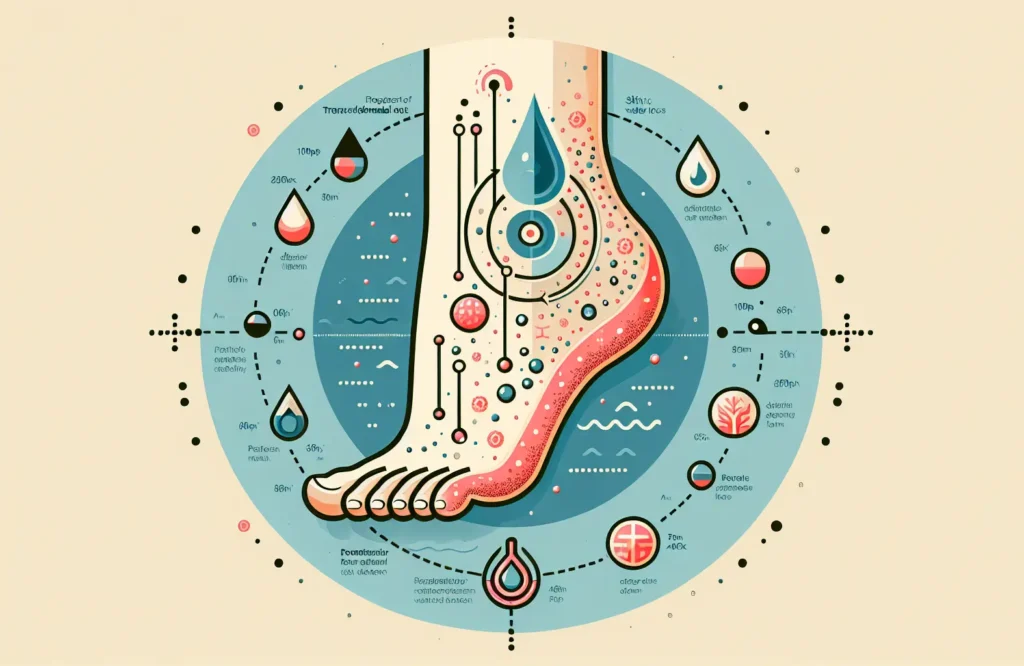
By CAFMI AI From JAMA
This study provides a significant advance in diabetic foot care by investigating the relationship between transepidermal water loss (TEWL) and the recurrence of diabetic foot ulcers (DFUs). DFUs are a major cause of morbidity among diabetic patients and pose a recurrent challenge even after initial healing. The researchers conducted a prospective cohort study assessing TEWL in patients who had a history of DFUs, monitoring them over a 12-month period for ulcer recurrence. The central hypothesis was that elevated TEWL, indicating compromised skin barrier function, could serve as an early, non-invasive biomarker for predicting ulcer recurrence. This approach leverages the concept that skin integrity and hydration status are critical in maintaining tissue resilience against breakdown and ulceration in diabetic populations. The significance of this lies in the potential for clinicians to identify at-risk patients using a simple, cost-effective measurement rather than relying solely on clinical examination or patient history, which may lack sensitivity or objectivity.
The study results revealed a strong association between higher TEWL values and increased likelihood of DFU recurrence within the observed 12-month timeframe. Patients with elevated TEWL showed a statistically significant greater risk of developing new ulcers compared to those with lower TEWL values. This finding suggests that TEWL measurement could become an essential tool in regular diabetic foot assessments, enabling earlier identification of skin barrier dysfunction before visible signs of ulceration emerge. For clinicians, this means an additional objective parameter to guide decisions on intensified foot care interventions, customized protective strategies, and patient education focused on skin hydration and monitoring. Importantly, the non-invasive nature of the TEWL measurement makes it a practical screening tool that can be easily integrated into outpatient clinics, podiatry practices, and primary care settings serving diabetic populations.
While these findings are promising, the study authors emphasize the need for further research to confirm the utility of TEWL as a predictive marker across broader and more ethnically diverse diabetic populations. Future studies should aim to standardize TEWL measurement protocols, evaluate cost-effectiveness, and develop clinical guidelines for interpretation of TEWL results in diabetic foot ulcer risk stratification. There is also a potential to combine TEWL readings with other clinical risk factors, such as neuropathy severity and glycemic control, to enhance prediction accuracy. Clinicians are encouraged to remain attentive to evolving evidence and consider how TEWL measurement might be incorporated into existing diabetic foot care workflows. Integrating such biomarkers could ultimately reduce the burden of recurrent ulcers, improve patient quality of life, and decrease healthcare costs through prevention-oriented management strategies. Patient counseling should also emphasize the importance of skin care and regular foot assessments, especially for those identified as high risk by TEWL screening.
Read The Original Publication Here